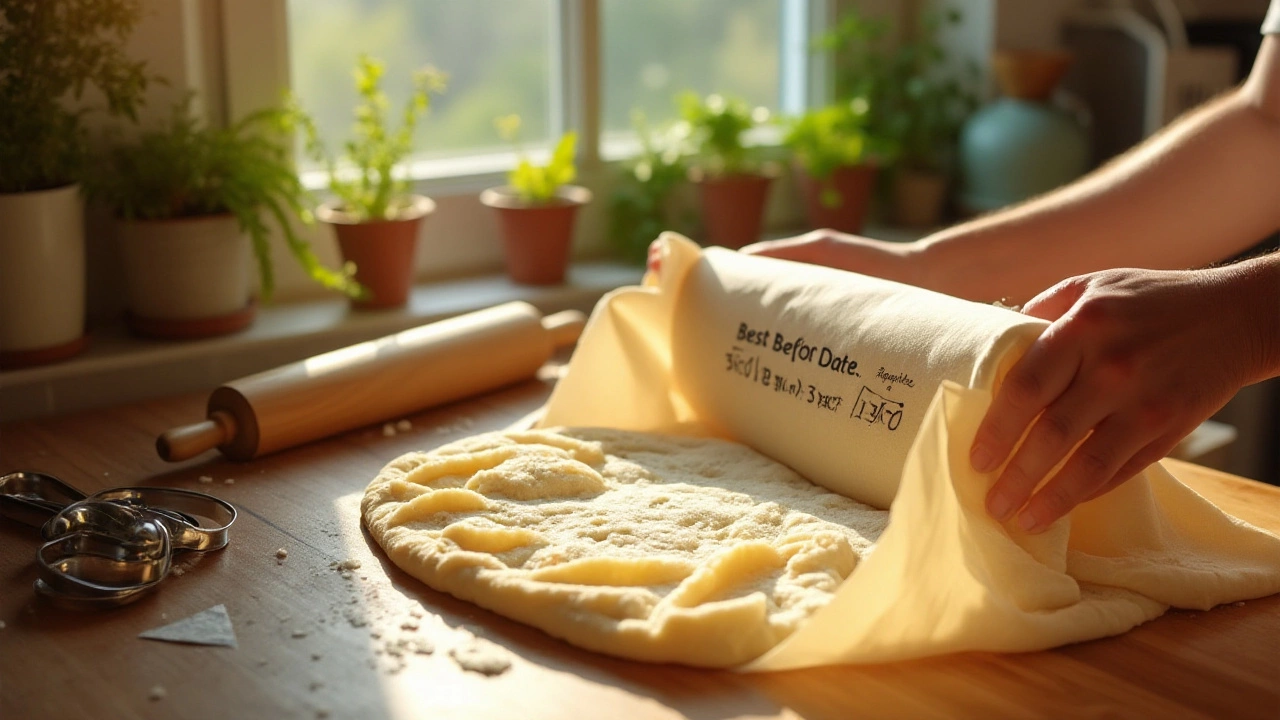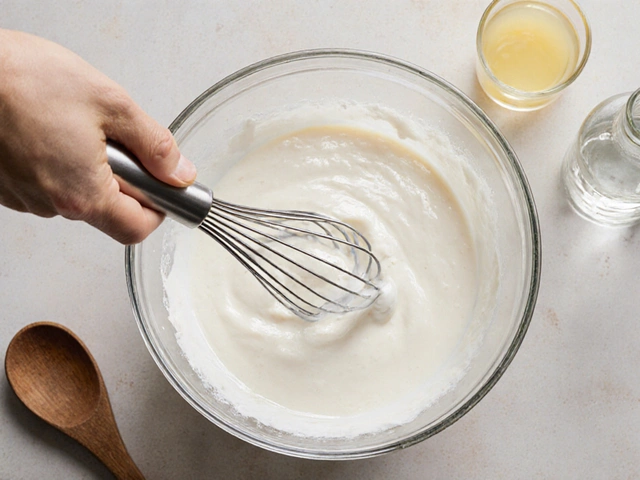How to Store Pastry Dough for Freshness and Easy Use
Got a batch of pastry dough you aren’t ready to bake? Storing it right can save you time, money, and a lot of stress. Below are straight‑forward steps to keep your dough soft, flaky, and ready whenever you need it.
Refrigerating Pastry Dough
Put the dough in the fridge when you plan to bake it within a few days. First, shape the dough into a flat disc – this helps it chill evenly. Wrap the disc tightly in cling film or place it in an airtight container. The tighter the seal, the less the dough will dry out.
Keep the dough at 35‑40°F (2‑4°C). In most home fridges that’s the middle shelf. A dough that sits too long can get hard around the edges, making it tough to roll out. As a rule of thumb, most butter‑based doughs stay good for 3‑5 days in the fridge.
When you’re ready to use it, let the dough sit at room temperature for about 15‑20 minutes. This relaxes the gluten and makes rolling easier. If the dough cracks, gently press it back together before rolling.
Freezing and Thawing Tips
Freezing is the way to go if you want to keep dough for weeks or months. After flattening the dough into a disc, wrap it in two layers of plastic wrap. Then add a foil sheet or place it in a freezer‑safe zip bag. This double layer guards against freezer burn and flavor loss.
Label the package with the date and type of dough – plain, chocolate, or herb‑infused. Most pastry doughs stay good for 2‑3 months frozen. When you need it, move the package to the fridge and let it thaw slowly overnight. Quick‑thawing at room temperature can melt the butter and ruin the texture.
Once thawed, give the dough a quick press to bring it back to a smooth disc, then let it sit for 10‑15 minutes before rolling. If the dough feels a little sticky, sprinkle a tiny amount of flour on the work surface – just enough to keep it from sticking.
Here are a few extra pointers that often get missed:
- Don’t over‑flour when wrapping. Too much flour creates a dry barrier and can dry out the dough.
- Use parchment paper between layers. If you need to stack multiple discs, place parchment between them to avoid sticking.
- Check for off smells. If the dough smells sour or rancid, discard it – butter can go bad even in the freezer.
By following these simple storage habits, you’ll have pastry dough that behaves like it was just made. No more tough rolling, no flaky edges, just buttery goodness ready for pies, tarts, or croissants.
Give these steps a try on your next batch and notice the difference. Your kitchen will thank you, and your desserts will taste better every time.






